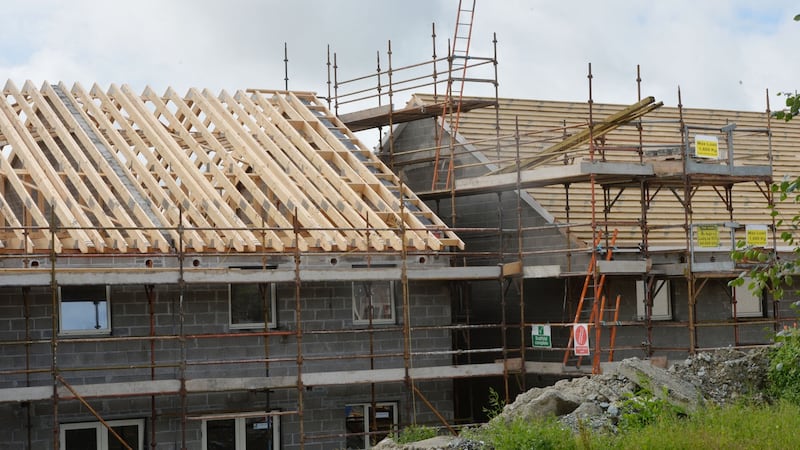The study by the Economic and Social Research Institute (ESRI) which shows that Ireland will need an influx of foreign workers to meet the State's housing needs poses a serious challenge for policy makers.
The ESRI conceded that the level of immigration required by the construction industry will add to the rental pressures in a market where rents are already excessive and will also add to the demand for new housing.
Figures published by the Central Statistics Office (CSO) this week show there has been a 14 per cent jump in the number of people working in the construction industry in the past year. The sector has added 17,900 jobs over the past 12 months and now employs 146,500 people. At the peak of the boom in 2007, employment in construction was in excess of 233,000.
Although the number of new homes being built has risen significantly, it still remains well short of the level required to meet annual demand. There is clearly a substantial shortage of workers available for construction and there appears to be no alternative to bringing in workers from abroad.

However, attention also needs to be given to ways of encouraging more Irish people into the construction industry. The CSO Labour Force Survey showed that while employment in the Irish economy hit a record high of 2.27 million in the third quarter of 2018, employment and participation rates are still below pre-crash levels.
There is no escaping the fact that more workers from abroad will be needed if the State is to meet its targets
One of the features of the Irish labour force through the Celtic Tiger years and now again is a lower participation rate in employment than applies in other developed economies. This raises questions about the interaction of the tax and welfare systems and potential disincentives to paid employment. There must also be questions about the effectiveness and reach of the apprenticeship and retraining programmes that are available to people who could work in construction.
There is also the danger of another housing boom with the overall stock of credit rising despite the Central Bank’s borrowing restrictions. This danger was highlighted yesterday by the Organisation for Economic Co-operation and Development, which said rising property prices were becoming a concern for competitiveness and for housing affordability for low-income households.
Still, there is no escaping the fact that more workers from abroad will be needed if the State is to meet its targets and fulfill the expectations of the electorate for the provision of more affordable housing.
The relatively sudden emergence of large-scale immigration over the past two decades has not led to any serious tensions between long-term residents and newcomers. Hopefully that will continue as more foreign workers arrive in the coming years to ensure that the labour force is in a position to fulfill the demand for more housing.








